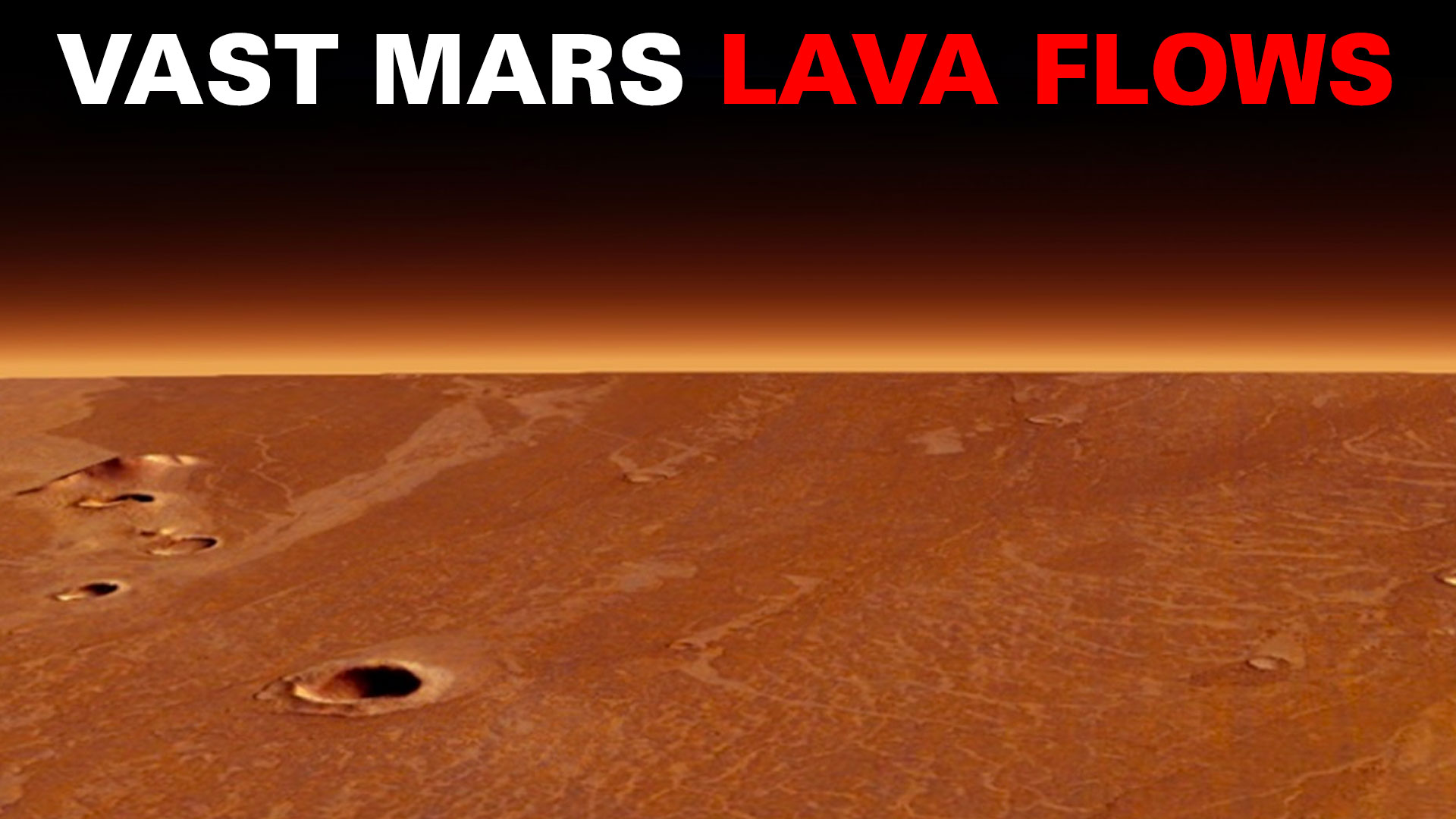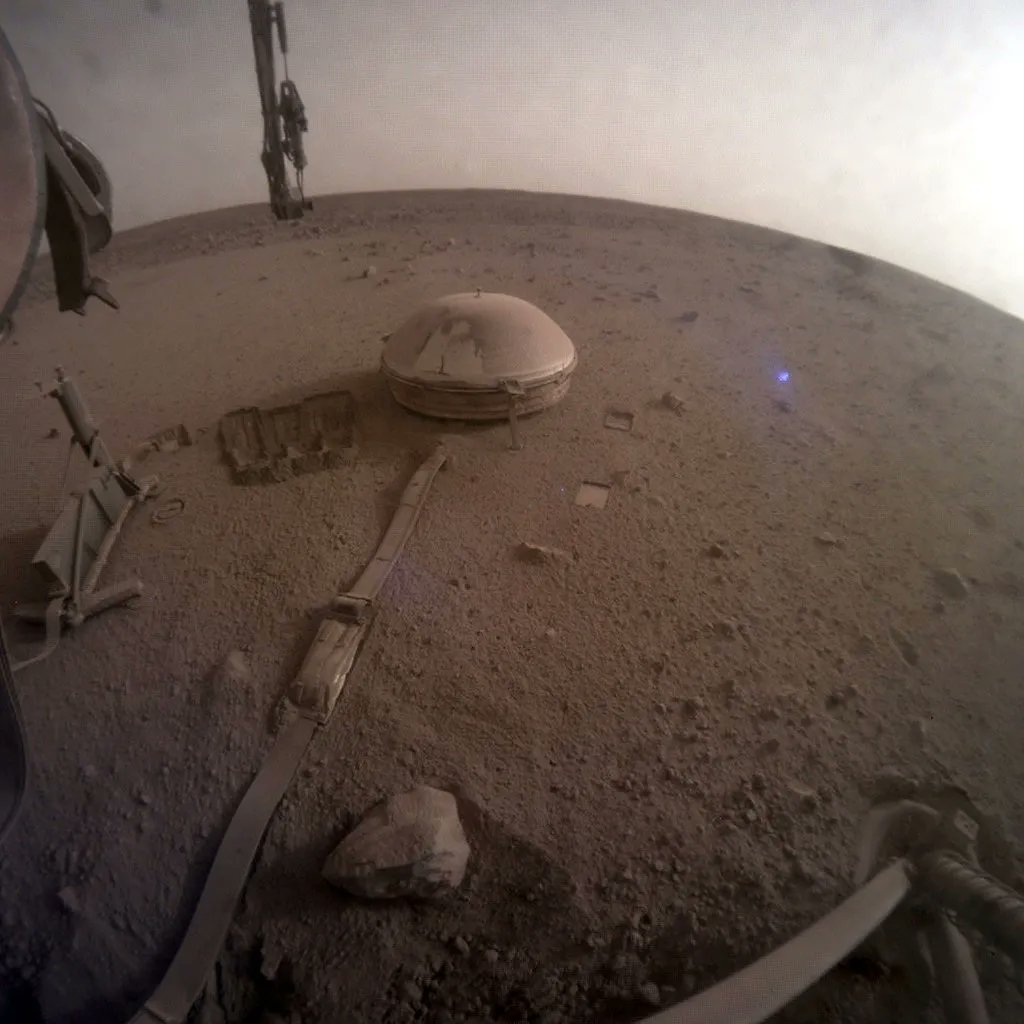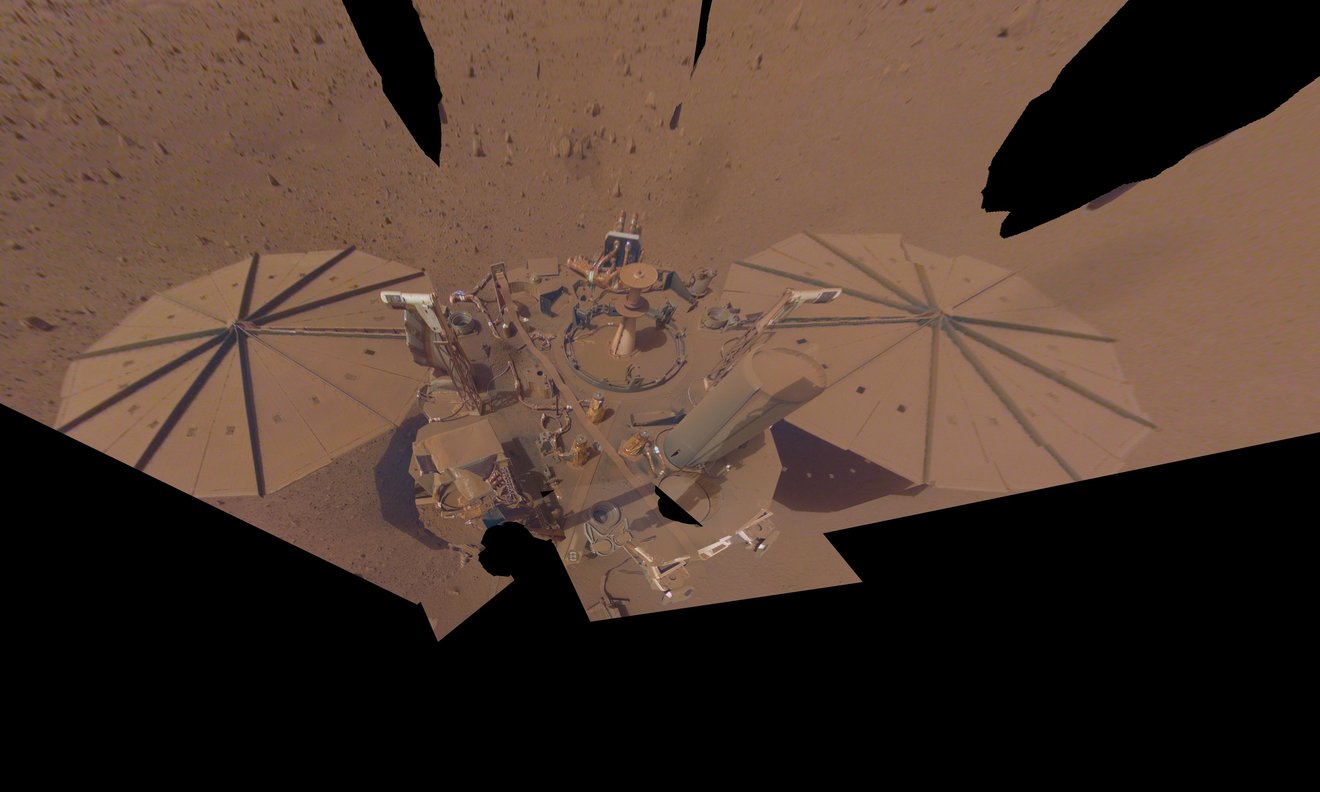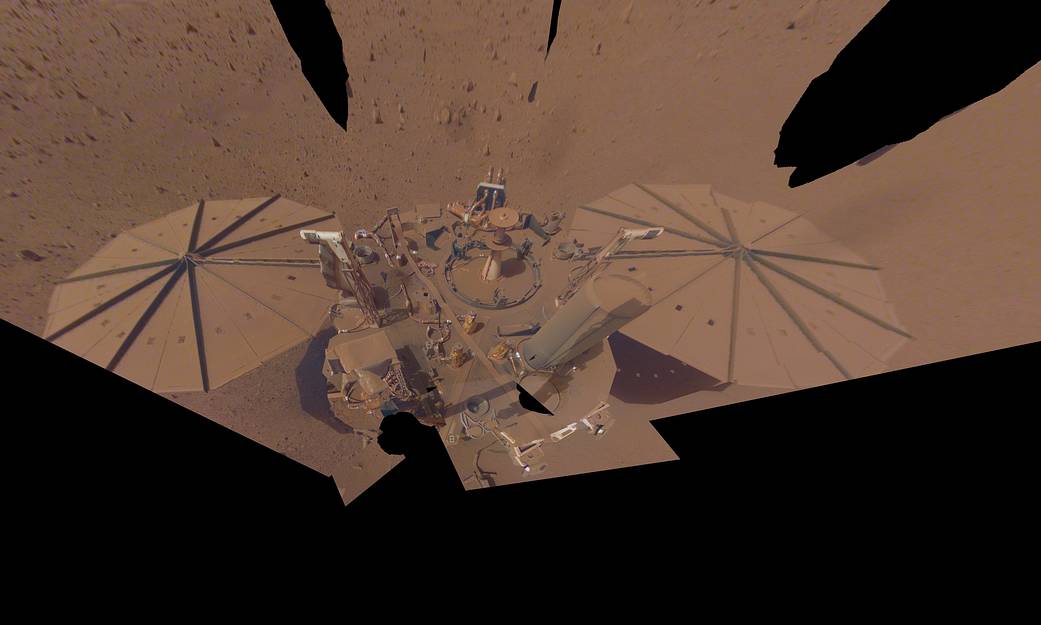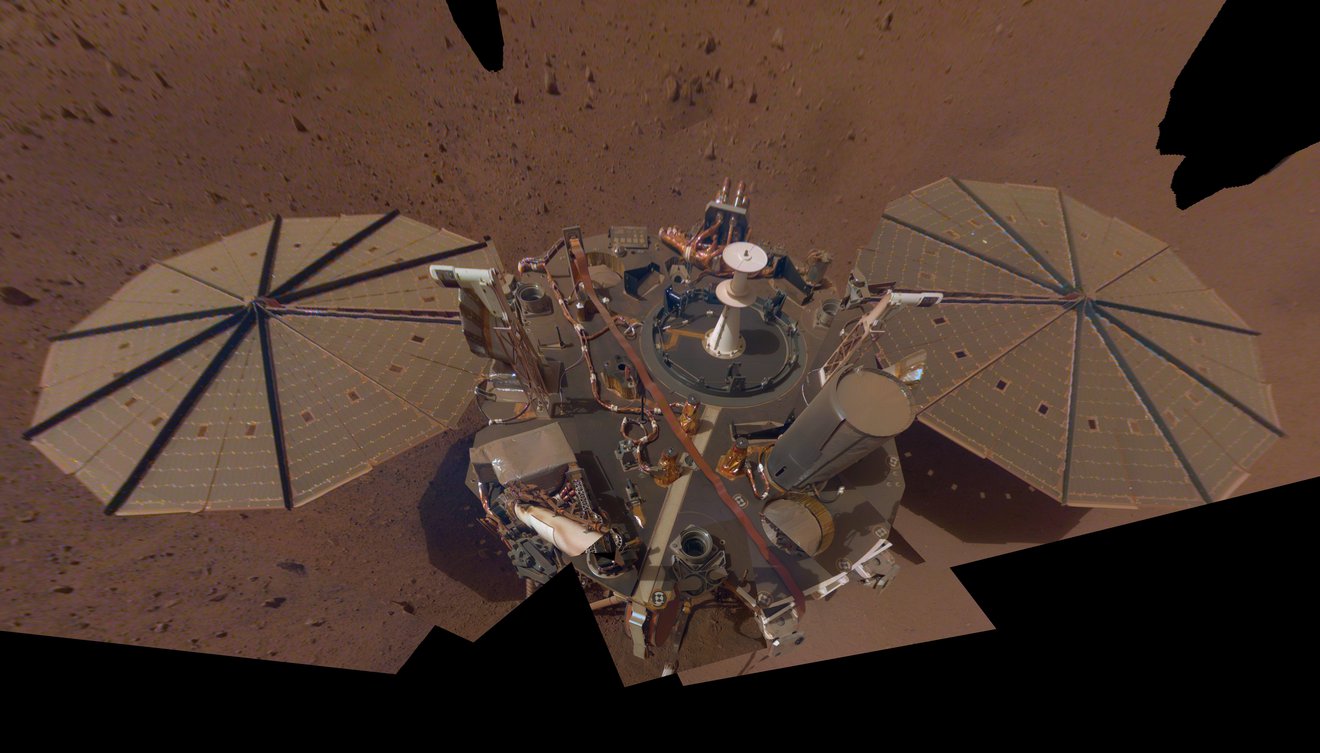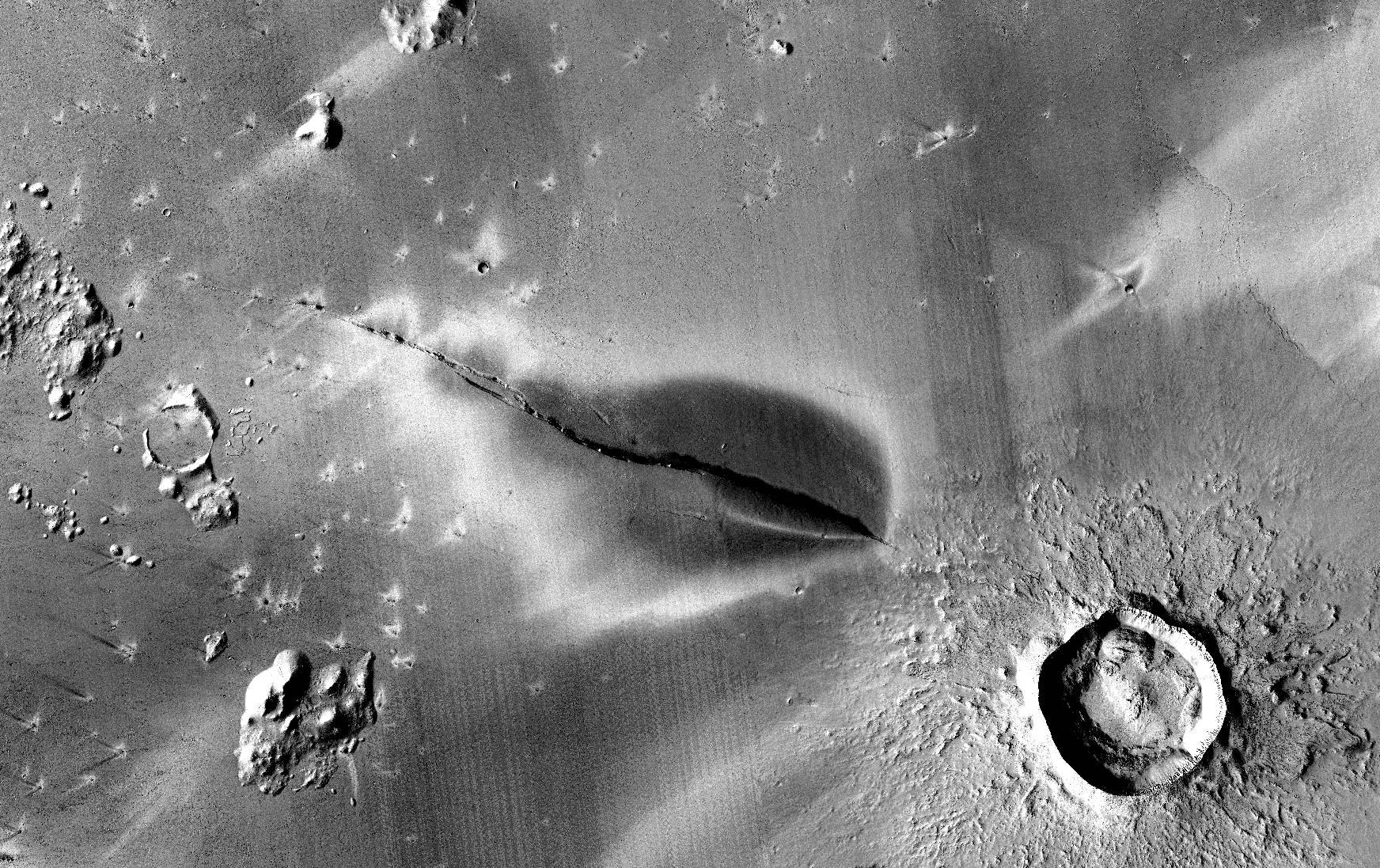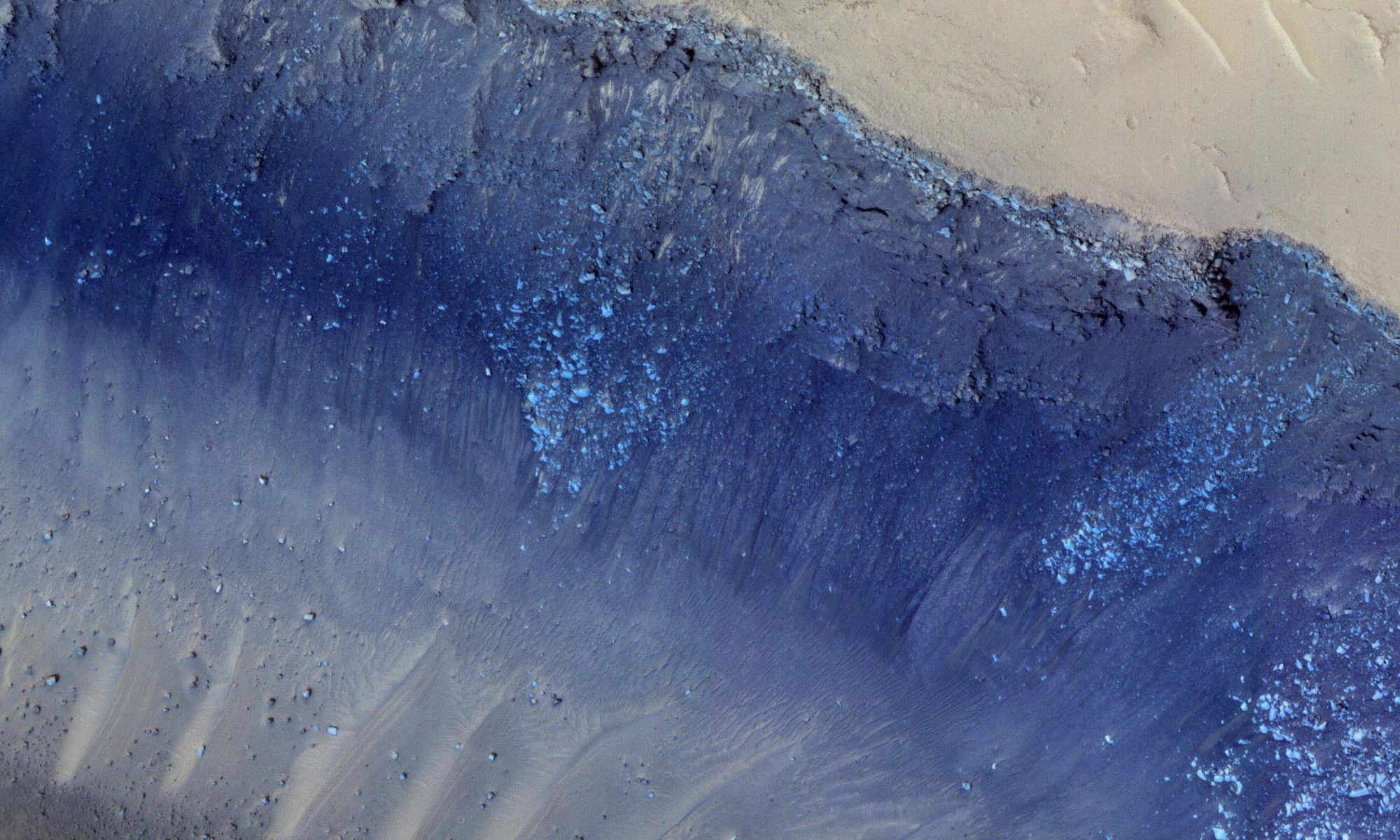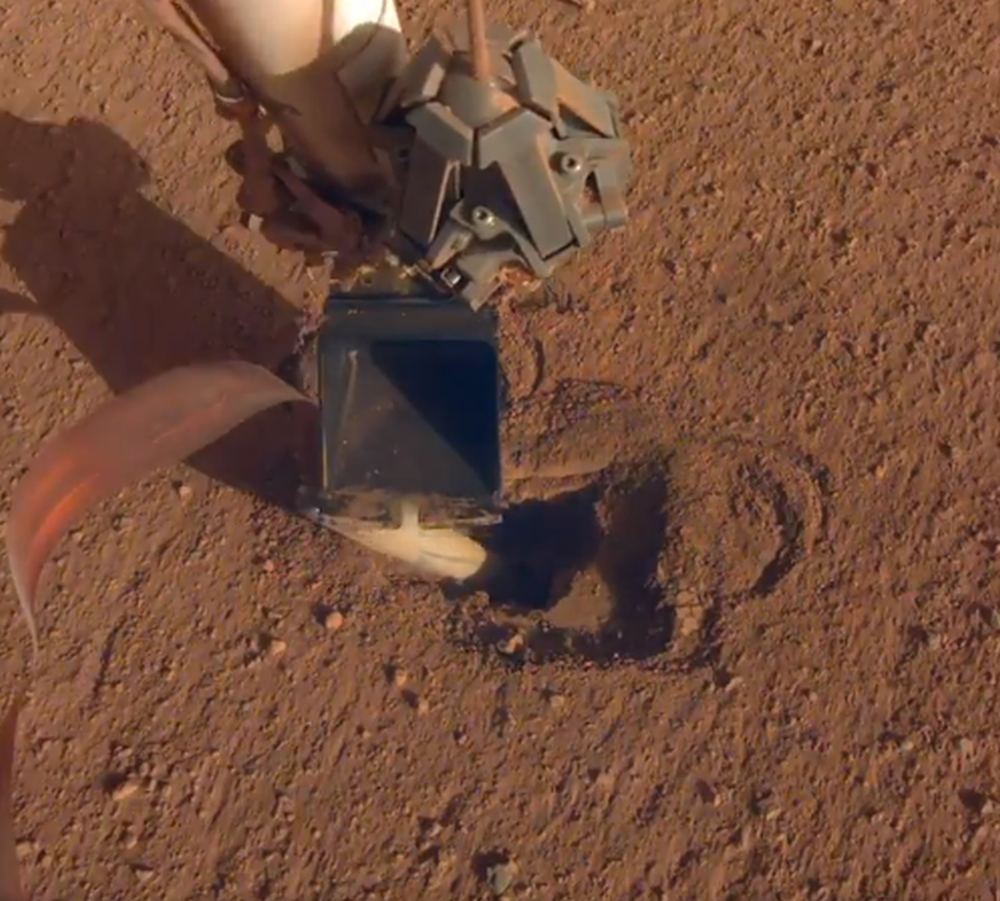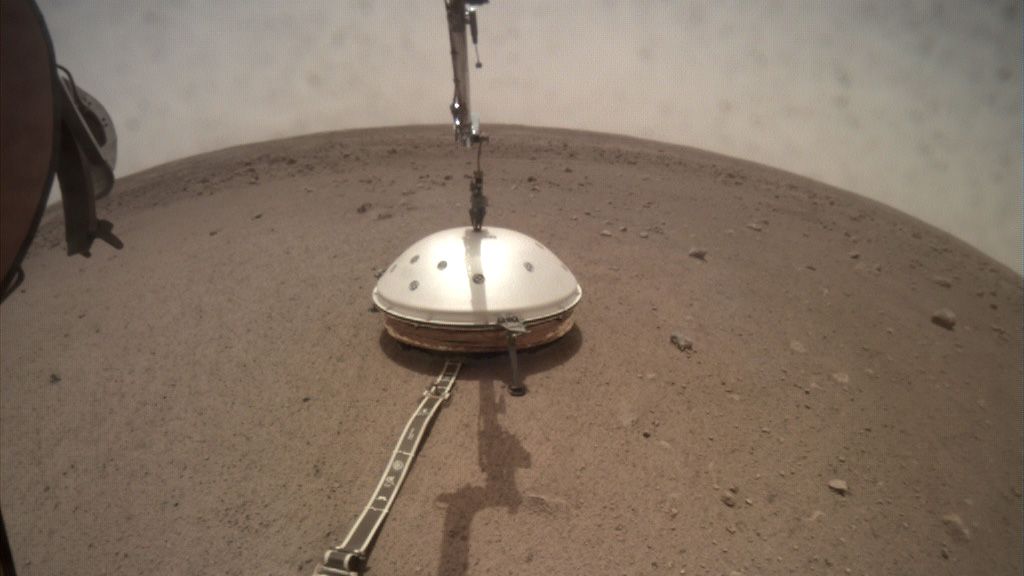Like many that grew up watching the skies, I have been captivated by the planets. Mars is no exception, with its striking red colour, polar caps and mysterious dark features. Many of the surface features have been driven by ancient volcanic activity but whether any geological activity moulds the terrain today is still subject to scientific debate. A recent study however has revealed that Mars is surprisingly active..even today!
Continue reading “Mars is Surprisingly Volcanically Active”Mars is Surprisingly Volcanically Active
